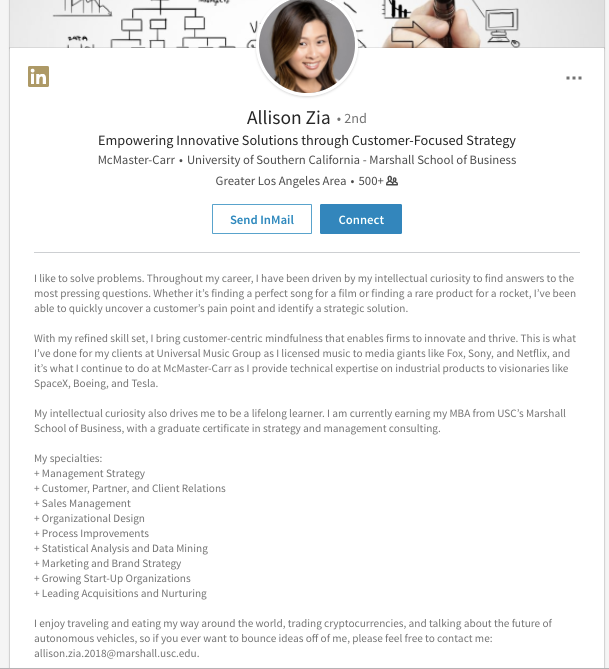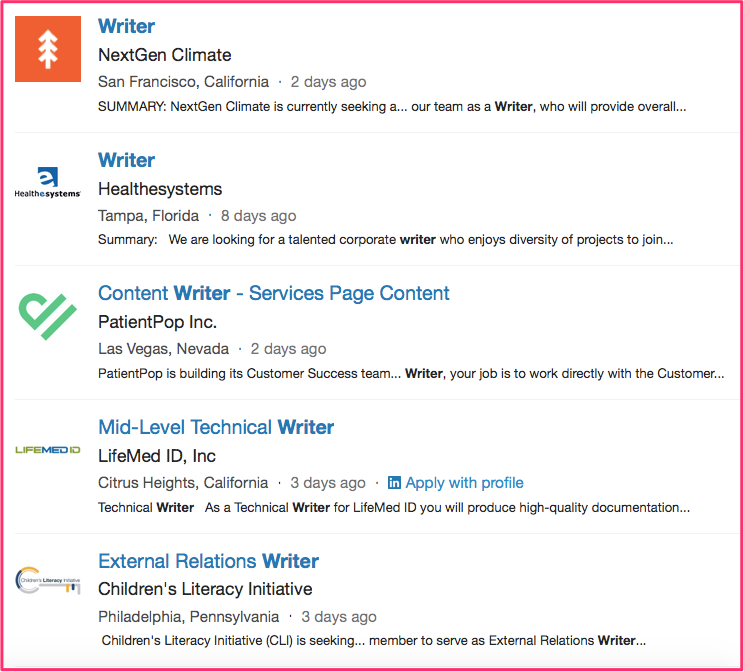

But the theory, dubbed “the strength of weak ties,” after the title of Granovetter’s study, lacked causal evidence for decades. Sociologist Mark Granovetter first laid out this idea in a 1973 paper that has garnered more than 65,000 citations. According to one of the most influential theories in social science, you’re more likely to nab a new position through your “ weak ties,” loose acquaintances with whom you have few mutual connections. The data may not be used except as set forth in the foregoing terms.If you want a new job, don’t just rely on friends or family.

While your use of this GitHub page is governed by the applicable GitHub terms, LinkedIn's data is provided pursuant to the User Agreement here. This is a GitHub site with information provided by LinkedIn to help you discover potential career paths.

Our differentially private algorithms have been deployed in other LinkedIn products used by our marketing partners, including the Audience Engagement API in LinkedIn Marketing Solutions. We applied privacy techniques, such as differential privacy, to aggregate insights from our datasets without learning about specific individuals. In publishing these labor market insights from LinkedIn's Economic Graph, we wanted to provide accurate statistics while ensuring our members' privacy. Available job transitions may vary by country, as we only include transitions that meet the minimum privacy threshold. The Skills You’ll Need are a selection of skills important for the desired job that are not typically common in the Skills Genome for the current job.Īll data represents aggregated information from the last 5 years. The similarity score reflects both the overlap of common skills between two jobs as well as the relative importance of those skills for each job. In order to calculate the similarity score for two jobs, we identify the most important skills for each job based on LinkedIn’s Skills Genome. In order to identify popular job transitions, we look at the profile changes members make to their job history and calculate how often members move from one job to another. As such, it is influenced by how members choose to use the platform, which can vary based on professional, social, and regional culture, as well as overall site availability and accessibility. This analysis represents the world seen through the lens of LinkedIn data, drawn from the anonymized and aggregated profile information of LinkedIn's 706+ million members around the world. Of 5 View previous 20 results Next Methodology


 0 kommentar(er)
0 kommentar(er)
